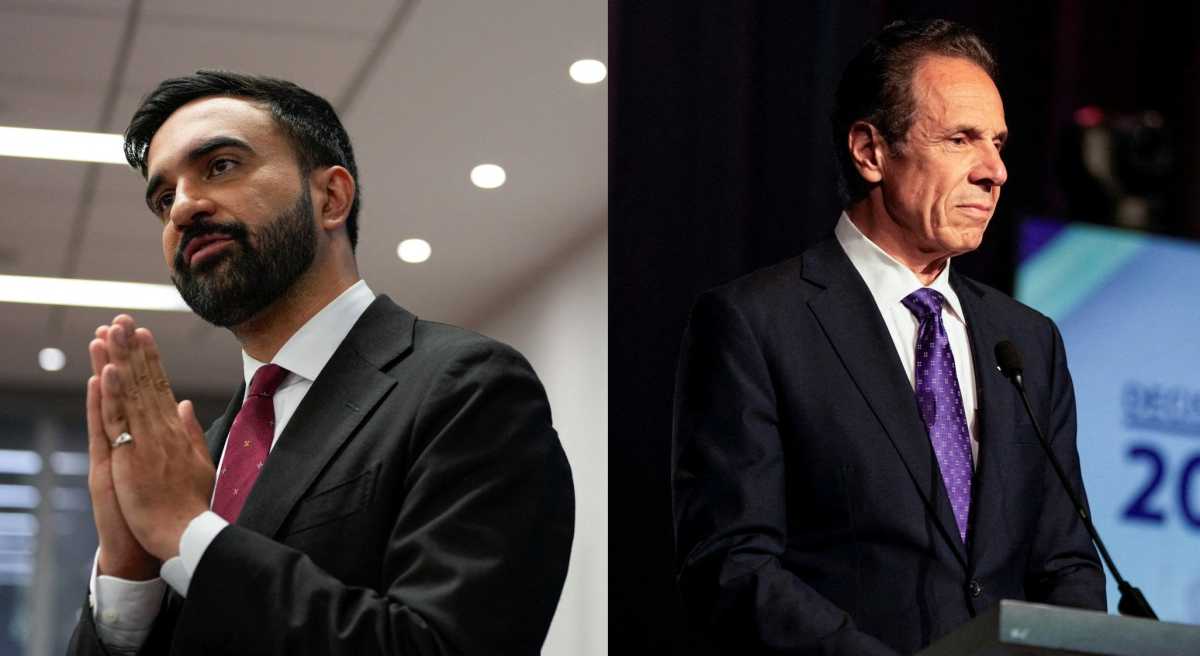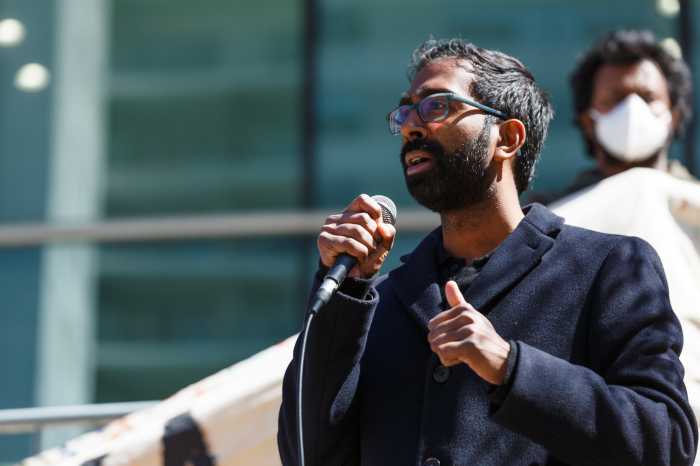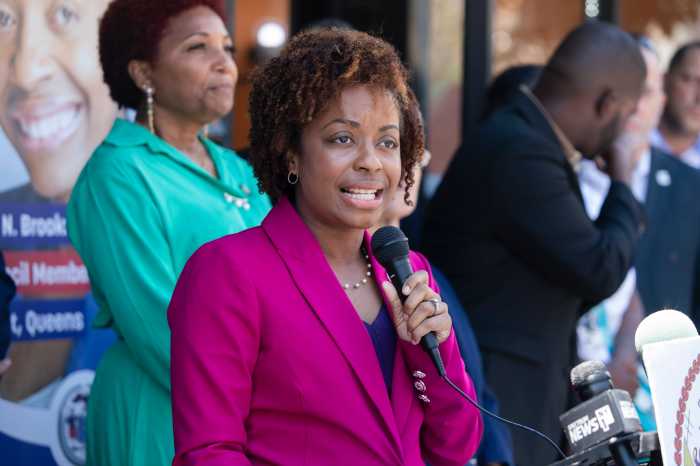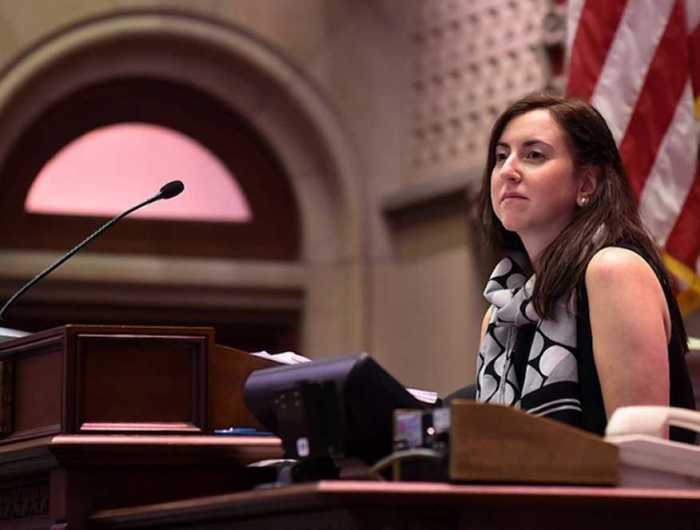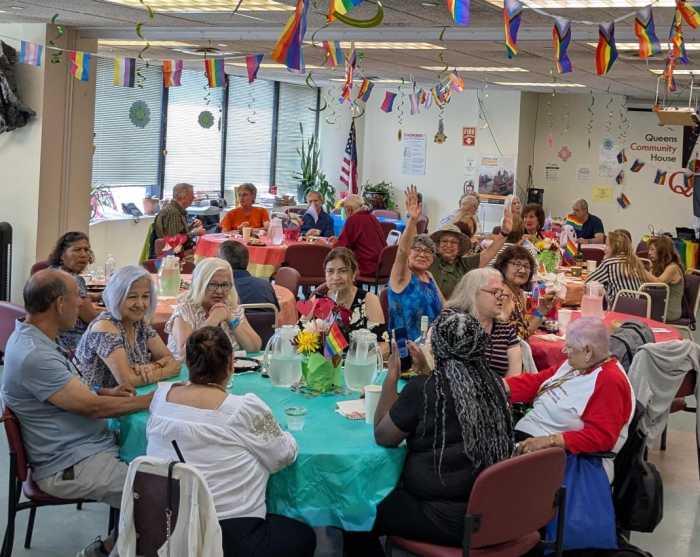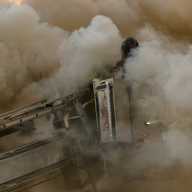Queens voters turned out across the borough on Tuesday to cast ballots in one of the most closely watched mayoral primaries in recent memory. From Astoria to Jamaica, residents navigated long lines, scorching temperatures and a crowded field of candidates to make their voices heard.
According to preliminary Board of Elections data, top mayoral candidates Assembly Member Zohran Mamdani and former Governor Andrew Cuomo split the borough.
Progressive Mamdani, who represents Astoria in the State Assembly, handily won several of Queens’ most diverse and left-leaning neighborhoods, including his home base of Astoria, where he secured 68% of the vote compared to Cuomo’s 17%. Mamdani also dominated in neighboring Long Island City and Sunnyside, winning those areas by 40- and 42-point margins, respectively.
But Cuomo, staging a political comeback after resigning in 2021 amid scandal, found firm ground in many moderate and conservative-leaning sections of the borough. In Southeast Queens, he carried St. Albans (58%), Springfield Gardens (61%), Laurelton (61%), and Cambria Heights (61%) by wide margins, demonstrating continued support in the area that had once been a stronghold during his gubernatorial campaigns.
Cuomo also narrowly edged out Mamdani in Jamaica, one of the borough’s population centers, 47% to 35%, and carried several majority-Asian neighborhoods including Flushing, Queens Village and Fresh Meadows. He also posted a commanding lead in Glen Oaks (62% to 23%) and Kew Gardens Hills (69% to 21%), both historically moderate-leaning districts.
In contrast, Mamdani posted strong numbers in working-class immigrant enclaves and younger, rapidly gentrifying neighborhoods. He won Elmhurst (56% to 35%), Jackson Heights (53% to 27%), East Elmhurst (52% to 34%) and Woodside (62% to 28%). These areas, known for progressive activism and grassroots organizing, were pivotal to Mamdani’s citywide performance.
Even in traditionally mixed or moderate areas, the split was evident. In Flushing, Cuomo led 44% to Mamdani’s 42%. In Forest Hills, Cuomo had a slight edge at 40% to Mamdani’s 35%, while in Rego Park, the race was similarly tight with Cuomo receiving 43% and Mamdani 41%. In Richmond Hill, Mamdani carried the neighborhood 51% to 41%, and in South Richmond Hill, he edged Cuomo 52% to 45%.
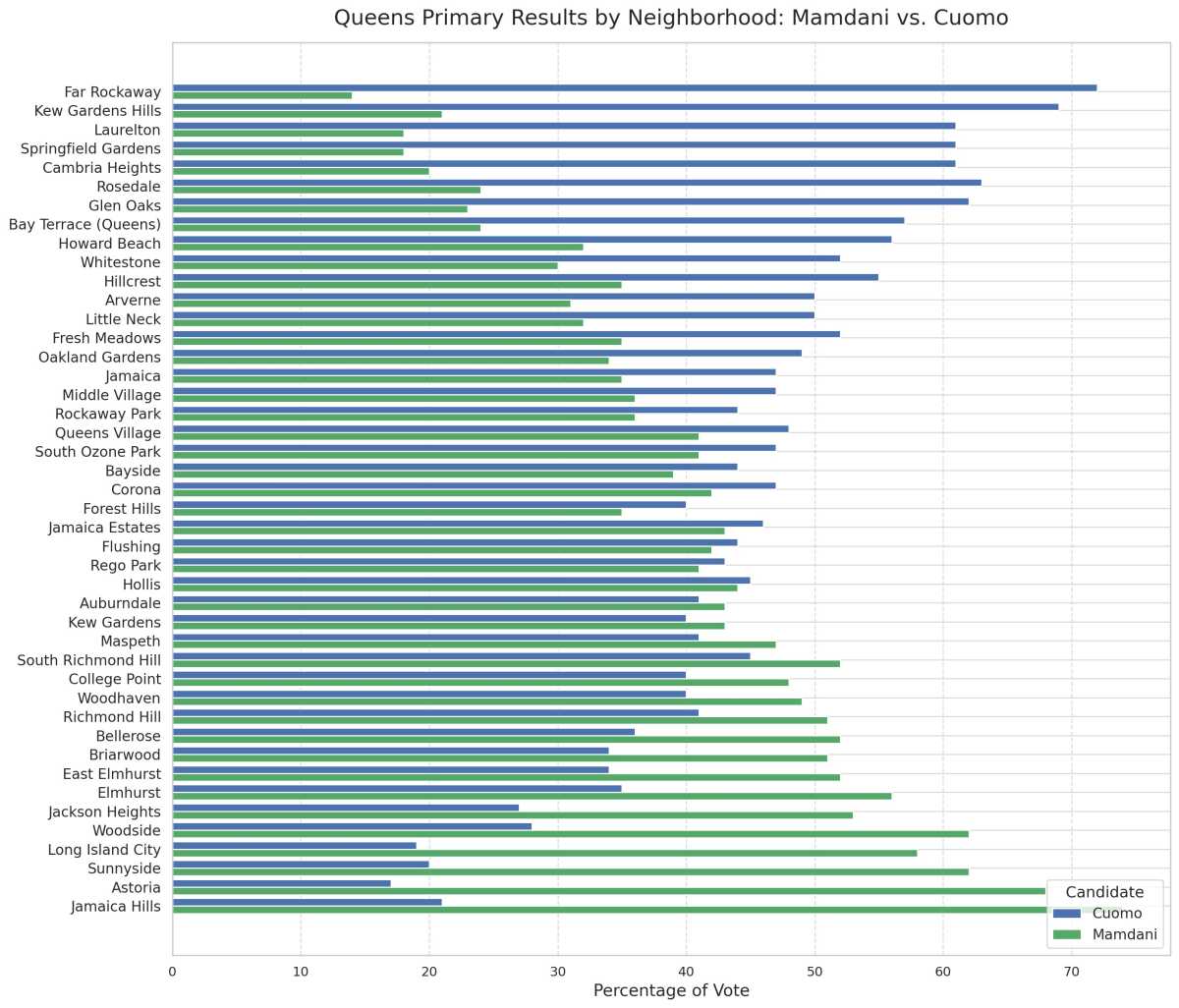
The divergent results reflect the ideological and demographic complexities of the borough. Mamdani’s performance underscored the growing strength of left-wing organizing in western Queens, while Cuomo’s wins demonstrated that his centrist message still resonates with older, more moderate voters, especially in the eastern and southern neighborhoods.
Citywide, Mamdani led in three of the five boroughs. He carried Brooklyn by a 17-point margin and Manhattan by five points, while narrowly winning Queens with a 7-point edge. Cuomo dominated the Bronx and Staten Island, winning those boroughs by 18 and 9 points, respectively.
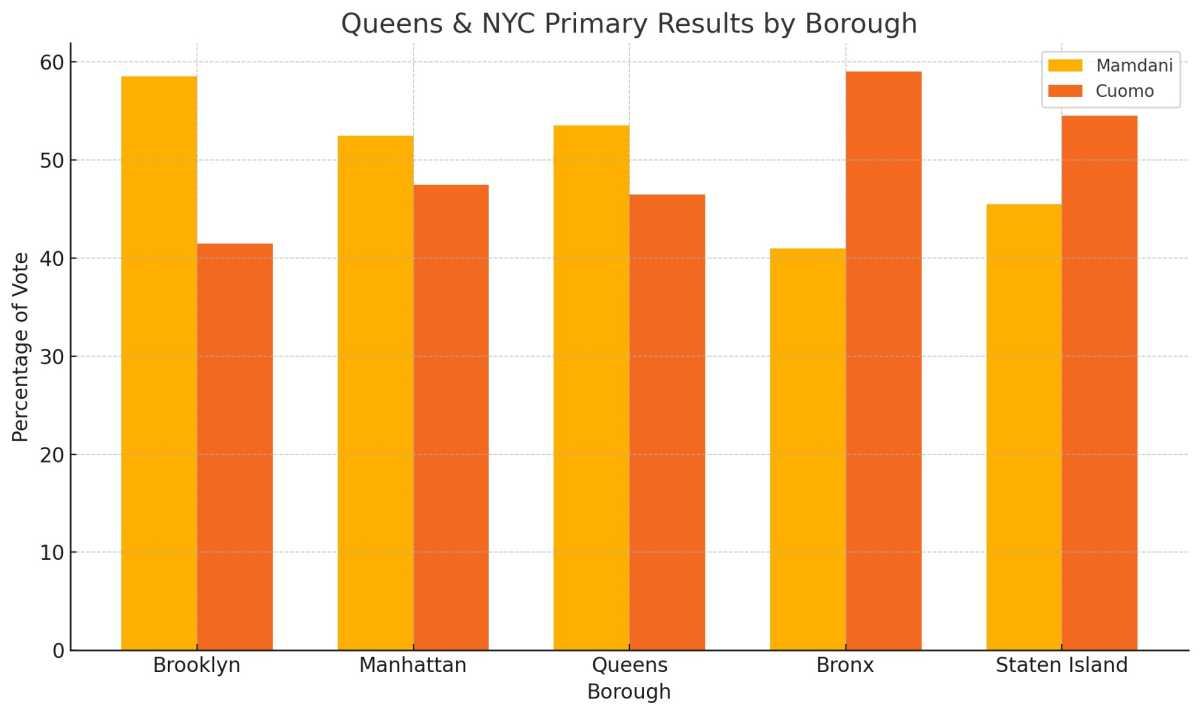
Results by borough:
Brooklyn: Mamdani +17 (358,011 votes reported, 94% counted)
Manhattan: Mamdani +5 (292,361 votes reported, 90% counted)
Queens: Mamdani +7 (210,669 votes reported, 93% counted)
Bronx: Cuomo +18 (104,601 votes reported, 92% counted)
Staten Island: Cuomo +9 (27,904 votes reported, over 95% counted)
With no candidate receiving an outright majority in the first round of voting, New York City’s Democratic mayoral primary will now move into the ranked choice tabulation process. Under the system, voters were allowed to rank up to five candidates in order of preference.
Beginning July 1, the city’s Board of Elections will eliminate the lowest-performing candidates and redistribute their votes based on subsequent rankings, continuing until one candidate surpasses 50% of the vote. Final results will be certified after all rounds are completed and absentee and affidavit ballots are counted.

